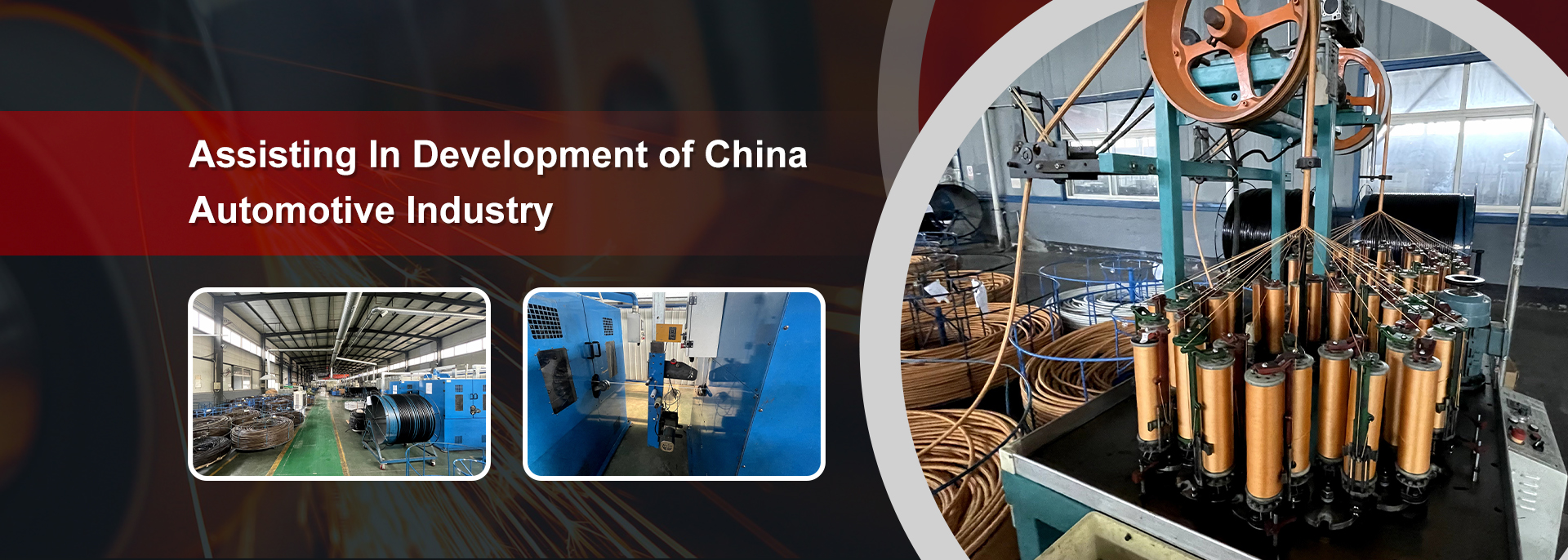Low Pressure Hydraulic Steering Hose for Reliable Power Steering Performance
Understanding Low Pressure Power Steering Hoses
Power steering systems are an essential component of modern vehicles, providing drivers with the ability to maneuver their cars with ease. One of the critical elements of this system is the power steering hose, specifically the low-pressure power steering hose, which plays a vital role in the overall functionality of the steering system. In this article, we will explore the significance of low pressure power steering hoses, how they function, factors affecting their performance, and maintenance tips to ensure their longevity.
What is a Low Pressure Power Steering Hose?
A low pressure power steering hose is designed to transport hydraulic fluid from the power steering pump to the steering gear. Unlike high-pressure hoses, which operate under significant pressure, low-pressure hoses carry fluid at a relatively low pressure, usually under 100 PSI. These hoses are typically found in the return line that channels fluid back to the reservoir after it has been used to assist steering.
How Does It Work?
In a power steering system, fluid is pumped under high pressure from the power steering pump to the steering gear or rack. Here, the hydraulic fluid assists in turning the steering wheel, providing necessary torque to reduce the driver’s effort. Once the fluid completes its task, it needs to return to the reservoir to be reused. This is where the low pressure power steering hose comes into play. It ensures that fluid can return safely and efficiently without the risk of leakage or damage, maintaining a consistent flow within the system.
Signs of a Failing Low Pressure Steering Hose
Like any other vehicle component, low pressure power steering hoses can wear out over time. Recognizing the signs of a failing hose is crucial for timely intervention. Some common indicators include
1. Fluid Leaks One of the most straightforward signs of a failing hose is the presence of fluid on the ground underneath the vehicle. If you notice any reddish or clear fluid near your steering system, it may be time to inspect your hoses.
2. Steering Difficulties If turning the steering wheel becomes increasingly difficult, this could indicate a problem with the power steering system, including the low-pressure hose.
3. Unusual Noises A failing hose may lead to air getting into the system, resulting in whining or grinding noises when you turn the steering wheel.
Factors Affecting Performance
low pressure power steering hose

Several factors can influence the performance and lifespan of a low pressure power steering hose
1. Heat High temperatures can cause the rubber material in the hose to degrade over time, leading to cracks and leaks.
2. Chemical Exposure Exposure to automotive fluids, dirt, and road grime can contribute to the deterioration of the hose's material.
3. Age Like all rubber components, power steering hoses have a finite lifespan and should be replaced every few years, depending on the manufacturer's recommendations.
4. Improper Installation If a hose is not installed correctly or is kinked, it can restrict fluid flow and lead to failure.
Maintenance Tips
To ensure your low pressure power steering hose remains in good condition, consider the following maintenance tips
- Regular Inspections Periodically check for signs of wear, leaks, and loose connections.
- Fluid Changes Keeping the power steering fluid clean and at the recommended level can help minimize wear on the hoses.
- Prompt Repairs Address any leaks or performance issues immediately to avoid further damage to the power steering system.
- Professional Service If you're unsure about the condition of your hose or perform repairs yourself, seek assistance from a professional mechanic who can ensure everything is functioning correctly.
Conclusion
Low pressure power steering hoses are vital components of a vehicle’s power steering system, enabling smooth and responsive steering. Understanding their role, recognizing signs of failure, and implementing proper maintenance can significantly enhance the reliability and performance of your vehicle. By taking proactive steps to care for your power steering system, you ensure a safer and more enjoyable driving experience.
-
Ultimate Spiral Protection for Hoses & CablesNewsJun.26,2025
-
The Ultimate Quick-Connect Solutions for Every NeedNewsJun.26,2025
-
SAE J1401 Brake Hose: Reliable Choice for Safe BrakingNewsJun.26,2025
-
Reliable J2064 A/C Hoses for Real-World Cooling NeedsNewsJun.26,2025
-
Heavy-Duty Sewer Jetting Hoses Built to LastNewsJun.26,2025
-
Fix Power Steering Tube Leaks Fast – Durable & Affordable SolutionNewsJun.26,2025

